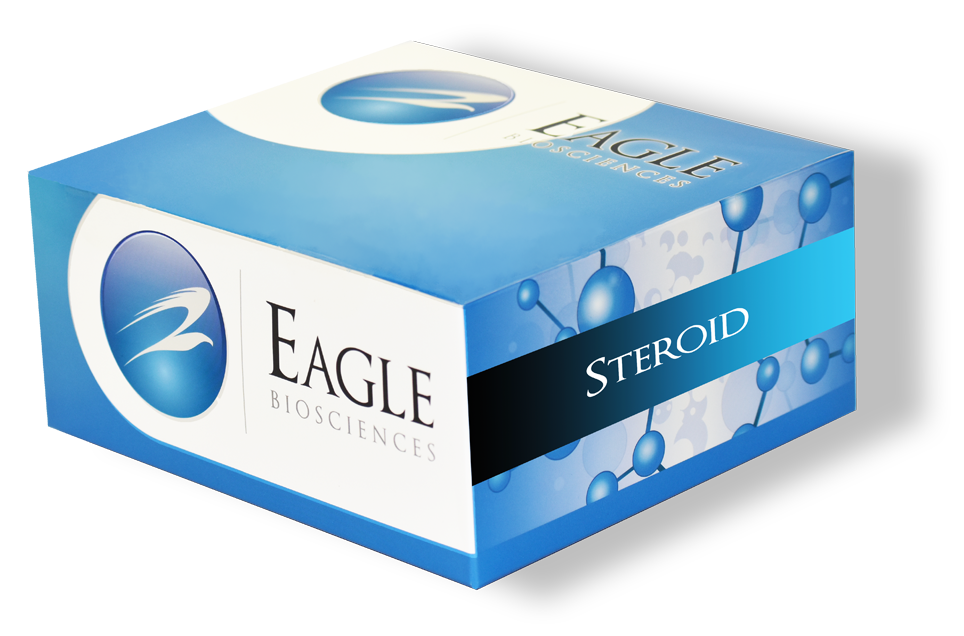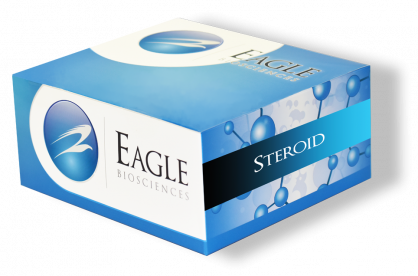Ultrasensitive Cortisol Saliva ELISA
The Ultrasensitive Cortisol Saliva ELISA is For Research Use Only
Size: 1×96 wells
Sensitivity: 0.025 ng/ml (0.69 nmol/L)
Dynamic Range: 0.1 -30 ng/ml
Incubation Time: 1.5 hours
Sample Type: Saliva
Sample Size: 25 µL
Controls Included
Product Developed and Manufactured in the USA
Reference Values (Normal) for Cortisol Ultrasensitive ELISA:
AM Values
- Median= 6.70 ng/ml
- Range = 2.58 – 12.69 ng/ml
- N = 152 (76 males, 76 females (23-68 years old))
PM Values
- Median= 0.58 ng/ml
- Range= 0.25 – 2.96 ng/ml
- N = 152 (76 males, 76 females (23-68 years old))
It is suggested that each laboratory establish its own normal ranges
Assay Background for Cortisol Ultrasensitive ELISA
In 1966, Katz and Shannon using the Porter-Silber method were able to determine corticosteroid concentrations in saliva and were able to show that concentrations of corticosteroids in saliva were related to blood concentrations.
The advent of immunoassay made it possible to measure minute amounts of steroid hormones in blood. Subsequent modification of those assays allowed their measurement in saliva as well. These early assays, however, lacked validity due to matrix differences between serum and saliva, poor sensitivity and cumbersome extraction methods. Cortisol (hydrocortisone, compound F) is the principle glucocorticoid secreted by the adrenal cortex. Adrenal secretion of cortisol is modulated by a complex negative feedback mechanism involving the central nervous system, hypothalamus, pituitary and adrenals. ACTH released from the pituitary augments adrenal secretion of cortisol. In turn, increased levels of cortisol suppress pituitary secretion of ACTH while falling levels of cortisol are associated with rising levels of ACTH. Normally there is diurnal variation of cortisol with highest values measurable in the morning samples and lowest values obtained in the late afternoon. Cortisol levels rise independently of this circadian rhythm in response to stress or depression.
In blood 90% of the circulating cortisol is firmly bound to cortisol binding globulin (CBG), 7% is weakly bound to albumin and only 1-3% is free or unbound. In saliva the majority of cortisol occurs in the free or unbound form and enters the saliva via intracellular mechanisms. Numerous studies consistently report a high correlation between serum and saliva cortisol indicating that salivary cortisol levels clinically confirm levels of cortisol in serum.
Related Products to Ultrasensitive Cortisol Saliva ELISA
Unconjugated Free Estriol Saliva Sensitive ELISA Assay Kit
Progesterone Saliva Sensitive ELISA Assay Kit


